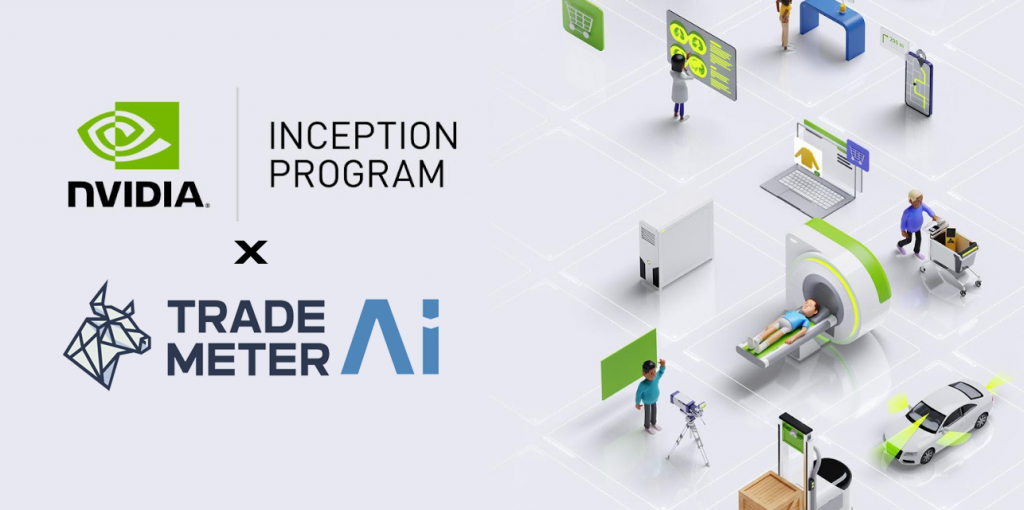20 Top Pieces Of Advice For Choosing Ai Stocks Sites
20 Top Pieces Of Advice For Choosing Ai Stocks Sites
Blog Article
Top 10 Tips To Assess Market Coverage Using Ai Stock Predicting/Analyzing Trading Platforms
Market coverage is an essential factor when evaluating AI stock predicting/analyzing trading platforms which determines the depth and breadth of markets and assets that you are able to access. Platforms that have a wide market coverage permit you to diversify your portfolio and explore opportunities across the globe and also adapt to different trading strategies. Here are the top 10 strategies for evaluating the market coverage provided by these platforms.
1. Evaluate Supported Asset Classes
Stocks: Make sure that the platform has stocks from the top stock exchanges, such as NYSE, NASDAQ and LSE.
ETFs: Make sure the platform can support a broad selection of ETFs to provide a diverse exposure to sectors, regions, or even themes.
Futures and options. Check to see whether your platform provides derivatives such as futures, options or other instruments leveraged.
Forex and commodities. Check if the platform has forex pairs with base and precious metals, energy products, and agricultural commodities.
Cryptocurrencies. Find out if they support all major cryptocurrencies and altcoins (e.g. Bitcoin, Ethereum).
2. Make sure that your area is covered
Global markets: Make sure that the platform covers major international markets, such as North America, Europe, Asia-Pacific and emerging markets.
Regional focus Make sure that the platform specializes on specific regions or markets that coincide with your trading interests.
Local exchanges: Check that your platform supports regional and local exchanges relevant to your business or your strategy.
3. Assessment Real-time as opposed to. Delayed Data
Real-time data: Ensure that the platform has real-time data for trading and for making timely decisions.
Delayed information: Determine whether the delayed data is accessible for free or at discounted prices, which could suffice for investors who have a long-term view.
Latency of data. Check to see if your platform minimizes the amount of latency for real-time feeds.
4. Review the Historical Data available
Depth historical data: Ensure that the platform can provide comprehensive historical data (e.g. over 10 years worth of data) for analysis and backtesting.
Check the granularity of historical data.
Corporate actions: Determine whether historical data reflects dividends, stock splits, as well as other corporate actions.
5. Make sure to check the market depth and place an order Books
Data Level 2: Make sure the platform has Level 2 (order book depth) to provide better price discovery.
Check the bid-ask ranges to confirm the accuracy of pricing.
Volume data - Check if the platform has extensive volume data to analyze market activity and liquidity.
6. Examine the your coverage of Indices & Sectors
Major indexes - Ensure that your platform works with the major indices like S&P 500 and FTSE 100 to benchmark.
Specific data for a specific sector: For targeted analysis, make sure the platform has data specific to a specific industry (e.g. technology, healthcare or energy).
Custom-made indices: Find out if the platform allows the creation or tracking of customized indices based on your requirements.
7. Examine the integration of News and Sentiment
News feeds: Ensure that the platform integrates real-time news feeds from reputable sources (e.g., Bloomberg, Reuters) for market-moving events.
Sentiment analysis: See whether the platform has sentiment analysis tools that are based on news, social media, or other data sources.
Event-driven strategies (e.g. economic announcements, earnings announcements) Make sure that your platform supports trading strategies based on events.
8. Look for Multimarket Trading capabilities.
Cross-market trading: Make sure that the platform is able to trade across multiple assets and markets from an interface.
Conversion of currencies: Find out if the platform offers multi-currency and automated conversion of currencies to facilitate international trading.
Make sure you have support for time zones.
9. Review the coverage of other sources
Alternative data: For more unique insights, confirm whether your platform is using alternative data (e.g. satellite imagery, web traffic or credit card transactions).
ESG data: Determine whether the platform has environmental, social, and governance (ESG) information for socially responsible investment.
Macroeconomic data: Make sure the platform provides macroeconomic indicators (e.g. inflation, GDP, interest rates) to conduct a fundamental analysis.
Review Market Reputation and User Recommendations
User reviews: Search for reviews from users to get a feel for the platform.
Examine the platform's reputation. This includes awards and recognition by experts in the area.
Seek out testimonials that show the platform's efficiency in specific assets and markets.
Bonus Tips:
Trial period: You may use the demo, trial, or a free trial to check the coverage of markets and the data quality.
API access: Verify that your platform's API is able to access market data in a programmatic manner to perform custom analyses.
Support for customers. Be sure the platform provides assistance for data or market related questions.
Check these points to determine the market coverage provided by AI stock trading platforms. Select a platform that offers access to the market, data and tools that you need to make trading successful. You can broaden your portfolio and take advantage of new opportunities by using extensive market coverage. Check out the top rated redirected here about trading ai bot for more examples including ai stock prediction, investment ai, ai stock picker, best artificial intelligence stocks, getstocks ai, ai for trading, best ai stock trading bot free, copyright ai trading bot, trader ai intal, chart ai for trading and more.
Top 10 Tips For Evaluating The Trial And Flexibility Of Ai Software For Predicting And Analyzing Stocks
To make sure the AI-driven stock trading and prediction platforms meet your requirements, you should evaluate the trial options and flexibility before committing long-term. Here are the 10 best strategies for evaluating each of the aspects:
1. Take advantage of a free trial
TIP: Check whether a platform offers a free trial for you to experience the features.
The reason: You can try the platform without cost.
2. Limitations on the time of the trial
TIP: Take a look at the duration of your trial and any limitations that you may face (e.g. limitations on options, or access to data).
Why: Understanding the constraints of a trial can help you determine if an exhaustive assessment is offered.
3. No-Credit-Card Trials
Search for free trials which don't ask for your credit card number upfront.
Why: This reduces the risk of unexpected charges and makes it much easier to opt out.
4. Flexible Subscription Plans
TIP: Check whether the platform offers flexible subscription plans that have clearly defined pricing levels (e.g. monthly, quarterly or annual).
Flexible plans allow you to choose the amount of commitment that's best suited to your budget and requirements.
5. Customizable Features
Find out if the platform provides customizable options, for example alerts and levels of risk.
Why is that customizing the platform is able to meet your individual needs and goals in trading.
6. Simple Cancellation
Tip Take note of the ease in cancelling or reducing a subcription.
The reason: A simple cancellation procedure ensures that you're never stuck with a plan that doesn't work for you.
7. Money-Back Guarantee
Tip - Look for sites that offer a money back guarantee within a certain period.
What's the reason? You've got an extra safety net if you don't like the platform.
8. You can access all features during the trial time
Tip: Ensure the trial provides access to all the core features that are not limited to a trial version.
Try the full functionality prior to making a decision.
9. Support for customers during trial
Visit the customer support throughout the trial time.
What's the reason? Dependable support guarantees you can resolve issues and make the most of your trial experience.
10. Post-Trial Feedback Mechanism
Examine whether the platform is asking for feedback from users following the test to improve its services.
What's the reason? A platform that values user feedback is likely to develop quicker and better serve the needs of users.
Bonus Tip Optional Scalability
You must ensure that the platform can scale to meet your requirements, providing more features or plans at a higher level when your trading activities increase.
By carefully assessing these trial and flexibility options and flexibility options, you will be able to make an informed choice about whether an AI trading and stock prediction platform is the right fit for your needs before making an investment. Have a look at the recommended trading ai bot for more info including chart ai for trading, coincheckup, ai based trading platform, best ai for trading, ai stock price prediction, chart analysis ai, incite ai, trader ai, ai for investing, ai stock prediction and more.